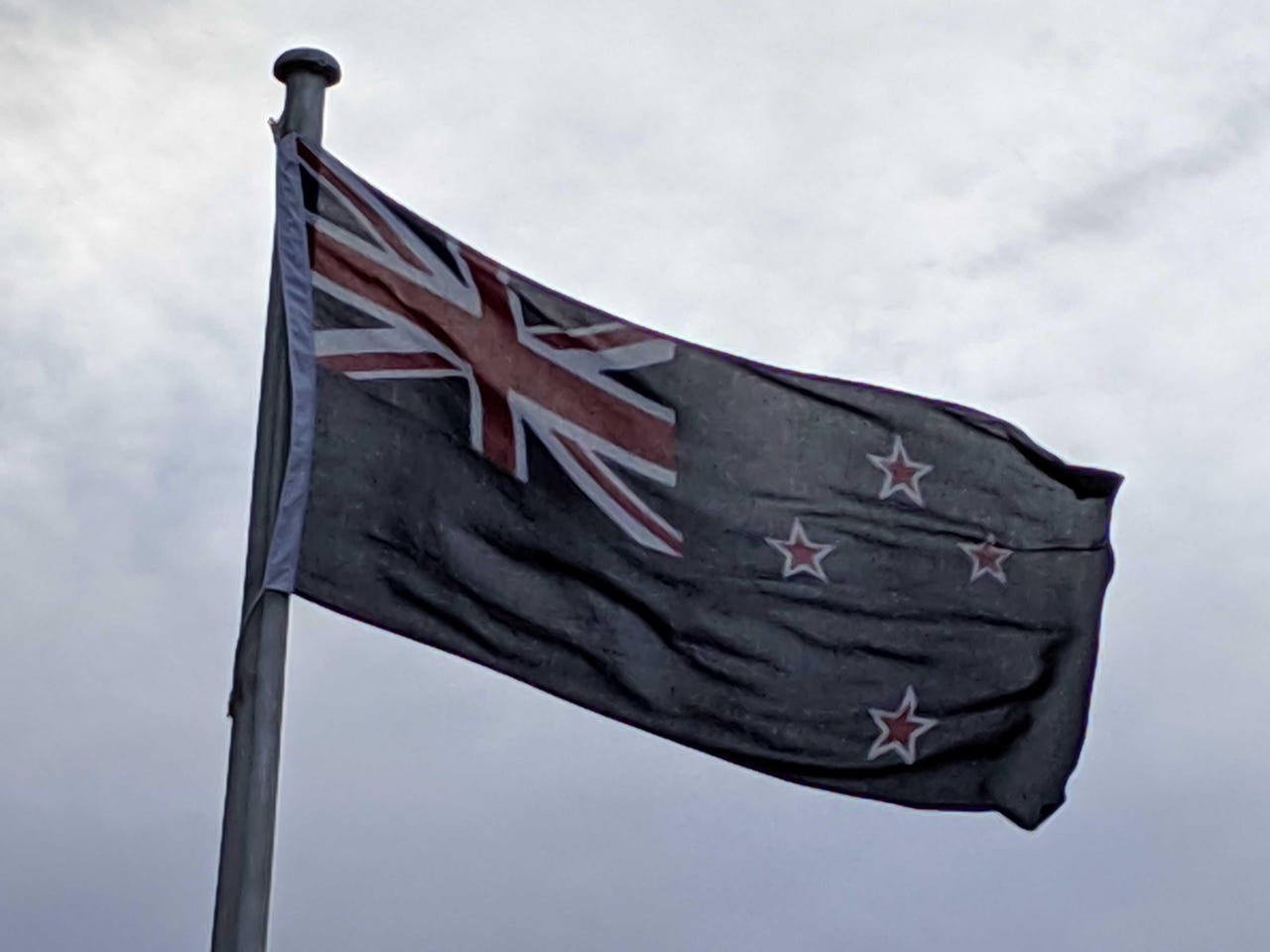New Zealand Fibre Max connections average over 520Mbps

If it wasn't for an interconnect issue dragging speeds down, the top speeds on the New Zealand Commerce Commission's Measuring Broadband New Zealand would have been higher.
However, the top Kiwi download speeds are still more than enough to turn any nearby Australians into blubbering messes.
The report [PDF] found the Fibre Max plans across the nation delivered 550Mbps in off-peak times, and 525Mbps in peak times.
For these plans, the numbers translate to 62% off-peak and 58% peak advertised speeds.
"A major contributor to the relative underperformance of the Fibre Max services during peak hours is the interconnection issue," the report said.
"Excluding the results of the one RSP with the interconnection issue, would only see Fibre Max reach 72.3% peak hours."
Across the plans used in New Zealand, Fibre 100 delivered 93Mbps off-peak speeds with peak speeds being a mere 1Mbps slower, VDSL speeds between peak and off-peak were only 1Mbps apart as well with off-peak speeds hitting 42Mbps, fixed wireless recorded 24Mbps off-peak and 18Mbps peak speeds, while ADSL off-peak was 9.3Mbps and 9.1Mbps for peak periods.
Fibre 100 and VDSL hit around 90% of advertised speeds, while ADSL sat in the mid-80s.
For upload speeds, most technologies were consistent across off-peak and peak times, with ADSL posting a lowly 0.9Mbps, VDSL hit 12.4Mbps, fixed wireless recording 14Mbps, and Fibre 100 plans offering 21Mbps uploads.
The beefy Fibre Max plans posted 379Mbps off-peak uploads and 374Mbps in peak times.
In a number of real-world tests using Netflix, both fibre plans were able to successfully stream UHD content over 99% of the time, with VDSL recording 88% success, fixed wireless having 62% success, and ADSL successful only 12% of the time with UHD content.
On latency tests, the fibre plans led the way with 21ms for Fibre Max, and 23ms for Fibre 100, followed by VDSL with 37ms, ADSL recording 50ms of latency, and fixed wireless posting 95ms.
At the start of the year, New Zealand broadband wholesaler Chorus announced it would trail 10Gbps services in Auckland and Wellington.
In November, Chorus reduced its wholesale price on the gigabit fibre plans that power Fibre Max to NZ$60, and would hit NZ$56 in the middle of 2020.
The country's Ultra-Fast Broadband fibre network is looking to provide fibre-to-the-premises to around 87% of the population by 2022, with the remainder of the population being servied by the Rural Broadband Initiative.
It is expected 99% of the population will have access to 50Mbps peak speeds, while the remaining 1 percent will have speeds of at least 10Mbps.
Related Coverage
Comcom holds fire on Chorus backhaul pricing
New Zealand Commerce Commission satisfied backhaul market has enough competition.
New Zealand to introduce its own 'Google tax' if international law change bid fails
The country wants to better tax the NZ$2.7 billion in revenue from cross-border digital services and is asking its OECD peers to amend international rules.
Innovation and security score big in New Zealand Budget
Venture capital, connecting businesses with government, computers in homes, and national security initiatives will all secure funding in the country's 2019-20 Budget.
Vodafone New Zealand sold for NZ$3.4b
Infratil and Brookfield Asset Management will walk away with 100% of the telco's New Zealand arm.
Chorus and partners underestimated migrant worker risk in UFB rollout
Companies focused too much on productivity as migrants workers were exploited, a review has found.
